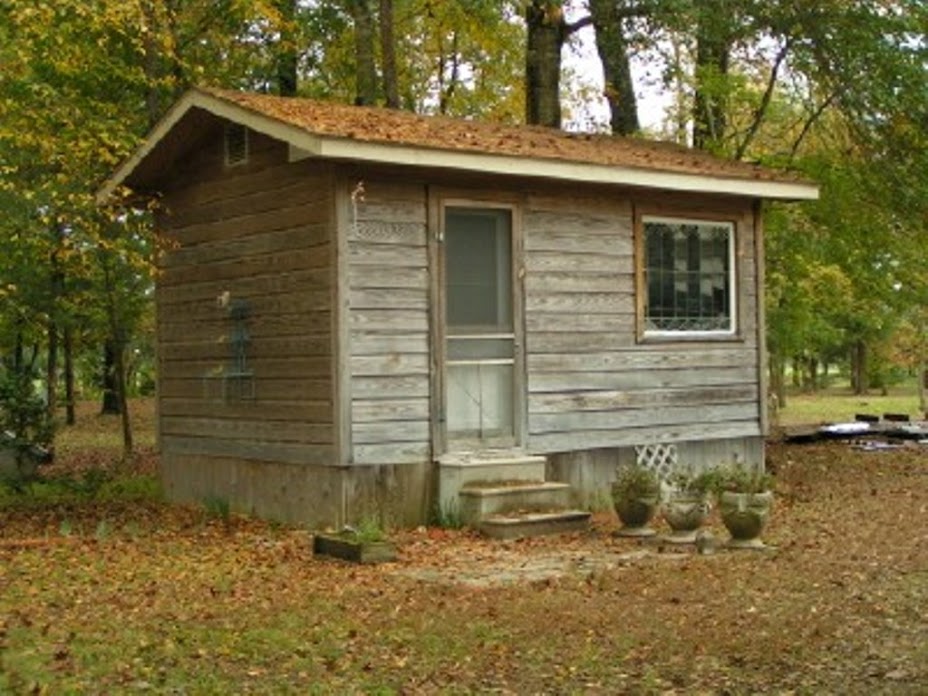The wearing of a kilt in its distinctive pattern is usually associated with the Scottish Highlanders.But did you know the shendyt, worn by Pharaohs and warriors in Ancient Egypt,
is often called a kilt? It also is a piece of
pleated linen wrapped around the body at the waist. According to the Oxford English Dictionary, the noun derives
from a verb to kilt, originally meaning "to gird up; to tuck up (the
skirts) round the body."
The great kilt was a full-length garment whose upper half
could be worn as a cloak draped over the shoulder, or brought up over the head.
The philibeg or small kilt, also known as the walking kilt (similar to the
modern kilt) was invented by an English Quaker from Lancashire called Thomas
Rawlinson sometime in the 1720s for the use of the Highlanders.
It is a tailored garment that is wrapped around the wearer's
body at the natural waist (between the lowest rib and the hip) starting from
one side (usually the wearer's left), around the front and back and across the
front again to the opposite side. The fastenings consist of straps and buckles
on both ends, the strap on the inside end usually passing through a slit in the
waistband to be buckled on the outside; alternatively it may remain inside the
waistband and be buckled inside.
Inhabitants of the isolated valleys of Scotland became known
as clans and each adopted their own individual “sett” or tartan design. After
the Jacobite Rebellion, King George II imposed the "Dress Act" in 1746,
outlawing all items of Highland dress including kilts. The ban remained in
effect for 35 years. Once the ban was
lifted in 1782, Highland landowners set up Highland Societies with aims to promote
"the general use of the ancient Highland dress". The kilt became
identified with the whole of Scotland.
One of the most-distinctive features of the authentic Scots
kilt is the tartan pattern, the sett, it exhibits. The association of
particular patterns with individual clans and families can be traced back
perhaps one or two centuries. Most of the registered patterns available today
were created in the 19th century.
Today there are also tartans for districts, counties,
societies and corporations. There are also setts for states and provinces;
schools and universities; sporting activities; individuals; and commemorative
and simple generic patterns that anybody can wear. They are specified by their
thread counts, the sequence of colours and their units of width. Setts are further characterized by their size,
the number of inches (or centimetres) in one full repeat. Tartans are
commercially woven in four standard color variations that describe the overall
tone. Organizations that sanction and grade the competitions in Highland
dancing and bagpiping all have rules governing acceptable attire for the
competitors.
Today most Scotsmen regard kilts as formal dress or national
dress. In recent years, kilts have also become increasingly common in Scotland
and around the world for casual wear, for example with the Jacobite shirt. It
is not uncommon to see kilts worn at Irish pubs in the United States.
In 2008, a USPS letter carrier, Dean Peterson, made a formal
proposal that the kilt be approved as an acceptable postal uniform—for reasons
of comfort. The proposal was defeated at the convention of the 220,000-members.







